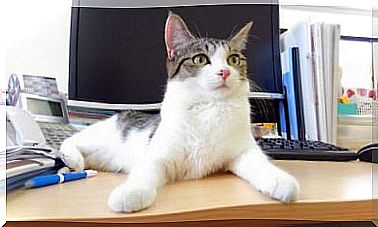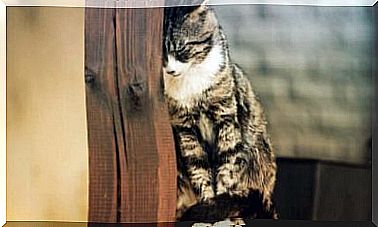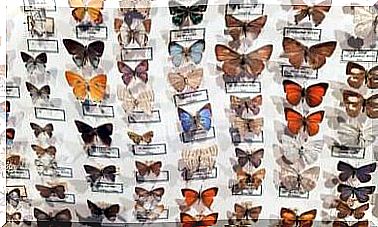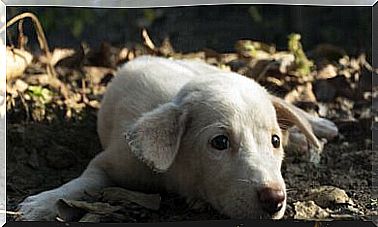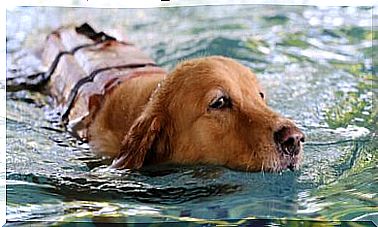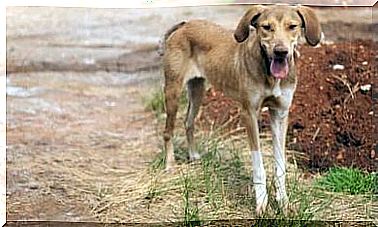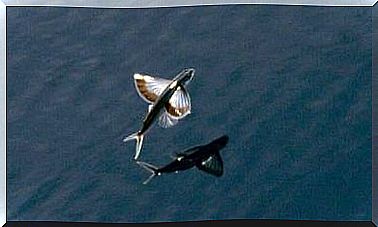Is My Dog afraid Of Thunder? What Can I Do?
There are many dogs who are afraid of thunder and this fear has a name: brontophobia. It is a complex, difficult condition that causes suffering in the most sensitive animals.
Factors that can affect brontophobia
Factors such as the dog’s breed, age, and gender can affect the fear of thunder. Although the origin of this fear is not known, some theories speak of a genetic predisposition of some dogs. Other four-legged friends, on the other hand, may develop this phobia following bad experiences or imitating the example of other animals or people who become anxious when a storm arrives.
Experts say there is no guaranteed treatment for brontophobia because what can help one dog may have no effect on another; likewise, if one method works during a thunderstorm, it might not help the next time.
How to help your dog overcome his fear of thunder
The intensity of the fear of thunder varies by dog. Some suffer from moderate anxiety, others tremble and pant; in severe cases, during a thunderstorm, the dog could get hurt by trying to jump out of the window or by running into the street.
Some advices:
- Try to decrease his hypersensitivity. You can burn a CD or upload storm sounds to your device for one minute. Have your dog listen to the recording and stop it immediately as soon as you see the dog fidget. Wait for the animal to calm down before proposing to listen again for a short time. Repeat the operation a maximum of five times, interspersed with ten minutes of rest, for four or five days. Let a week or two pass and then try again with a new session.
- Increase its security. It is very good for the dog to have a place where he can feel protected: teach him to take refuge there during the storm. It could be a space in the basement, without windows, so that lightning is not visible. You can set up a kennel with the door open and a comfortable mattress. An alternative is a wardrobe that does not have glass doors. Stay close to the dog for a few moments, give him something to nibble on, so that the animal considers it a pleasant corner. You can also cover it with a blanket or towel.
- Anxiolytics can work too, but they don’t always serve that purpose. The effect will be felt by the dog after more than 20 minutes and therefore it will be necessary to “predict” the arrival of the storm.
- As with people, some herbs and teas help the animal to relax and feel better.
- The owner’s attitude is very important. If the owner is stressed, flinched or distressed, this will pass on to the pet. The best solution is to leave your dog alone, not punish him, but don’t pamper him too much. Punishing the dog has the only result of increasing its anxiety and later the animal will associate the thunder not only with fear, but also with punishment. Petting or reassuring him too much is not so good, because it could lead the dog to think that his anxious behavior is appropriate and pleasing to you.
Behavior modification techniques
Behavior modification techniques and strategies are often effective in eliminating fears and phobias. The most suitable are called “counter-conditioning” and “desensitization”.
These techniques must be applied progressively. The principle is to teach your dog to respond in a non-fearful way to sounds and other stimuli perceived as such.
We begin to subject our four-legged friend to this noise, but at a volume that does not generate anxiety ; at the same time, the sound is associated with a pleasant stimulus, such as a ball game or other fun toy. We will gradually increase the volume, but the stimulus must always remain at a pleasant level. Through this process, the animal begins to associate “beautiful things” with the previously feared sound.
Finally, you can rely on an expert trainer.
Of course, all of these strategies need to be implemented a few weeks before the event. There will be no use applying them during a thunderstorm or a party with fireworks.
